
//Brian Eno + David Bowie interviewed by Anthea Turner for British breakfast TV at Flowers, east London, October 1994. This was to publicise the charity art show/auction Little Pieces From Big Stars. By this time the pair were collaborating again, on 1. Outside. For reasons now lost to me, I drove Brian to the gallery early that morning.//
I interviewed David Bowie a couple of the times in the 90s, having met him via fund-raising idea contributions I made to the music industry’s favoured charity, War Child. In the preceding months he had been an enthusiastic contributor to the art events Little Pieces From Big Stars (1994) and Pagan Fun Wear (1995).
This interview took place in the summer of 1995 when Bowie was promoting 1.Outside, notable in that it marked a return to collaboration with Brian Eno (who I also interviewed at the time for his work on that as well as another collaboration, with Jah Wobble on the ambient project Spinner).
Bowie had emerged from the maligned Glass Spider/Tin Machine period a couple of years earlier with more creditable, if not particularly memorable efforts, including The Buddha Of Suburbia soundtrack. He was also actively ploughing a furrow into the visual arts and already mutating as a musician and performer, soon to become a familiar presence on the international festival circuit and engaging in sorties into jungle manifested in the follow-up album Earthling (for which I also interviewed him).
Ideas crackled off Bowie throughout the conversation; Eno once told me that working with him on a song in the studio was like watching a fast-motion film of a flower blossom.
In our chat, Bowie even flew a kite about producing an album based around a fictional character Nathan Adler every year until 2000 culminating in a Robert Wilson-style epic theatrical production at the Brooklyn Academy Of Music. Of course these never came to fruition.
How did you come to hook up with Brian Eno again?
When Brian came to my wedding in 1992, I had instrumental pieces for what would eventually become a third of Black Tie White Noise – music that I composed to be played in the church and at the party afterwards. He explained he was working in a not dissimilar area and I was starting on The Buddha Of Suburbia, where I pretty much started to survey the territory I wanted to be involved in. After a series of conversations, working with Brian really came together in early March 1994.
Read the rest of this entry »
Tags: 1.Outside, 1995, Brian Eno, David Bowie, Jah Wobble, Robert Fripp, Robert Wilson, Spinner, Virgin, War Child
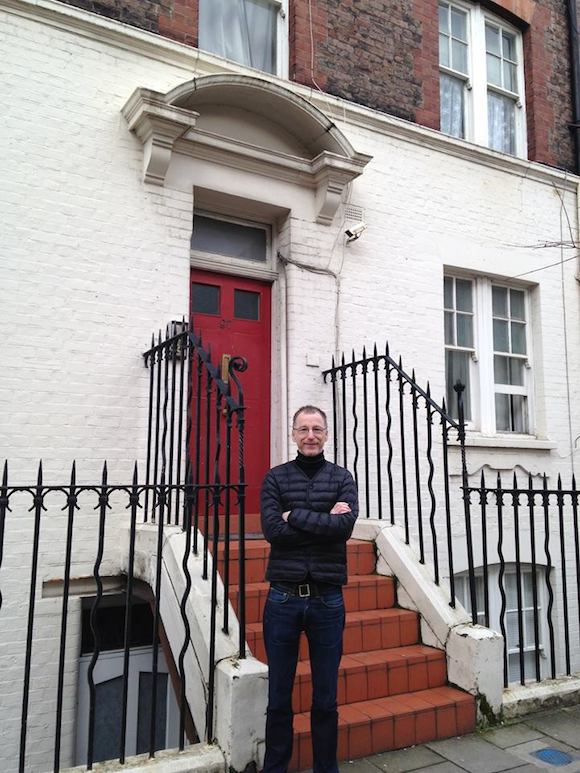


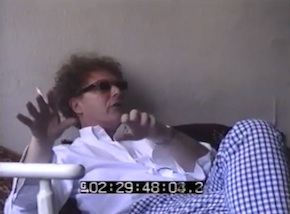
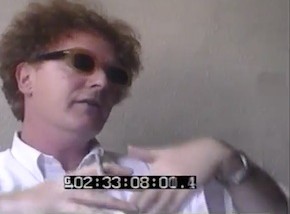
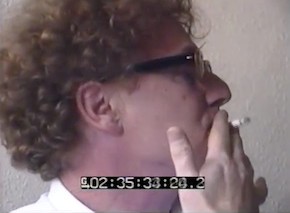
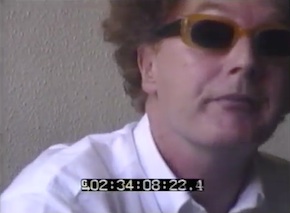
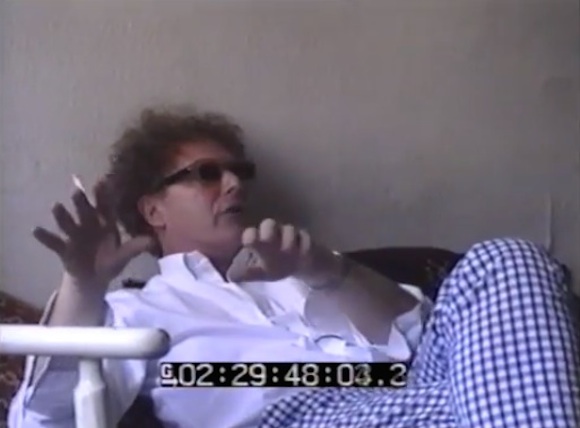
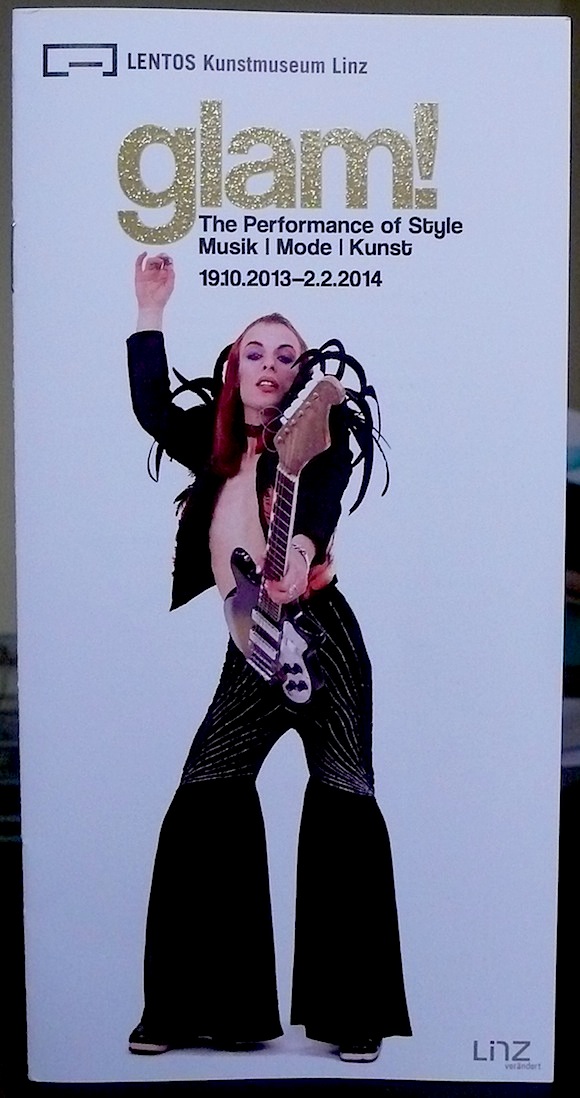


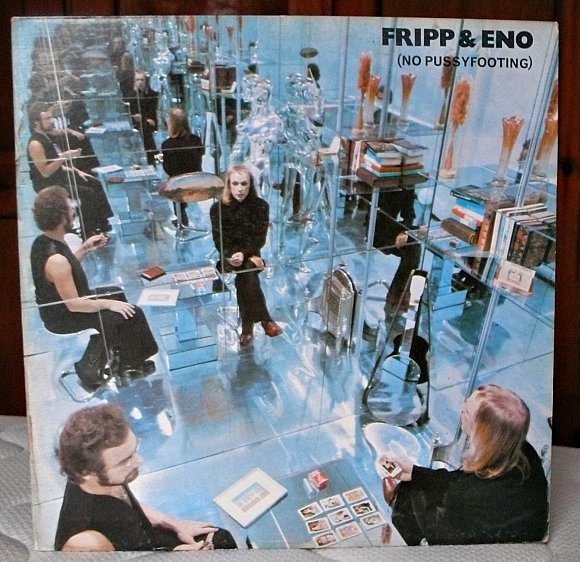
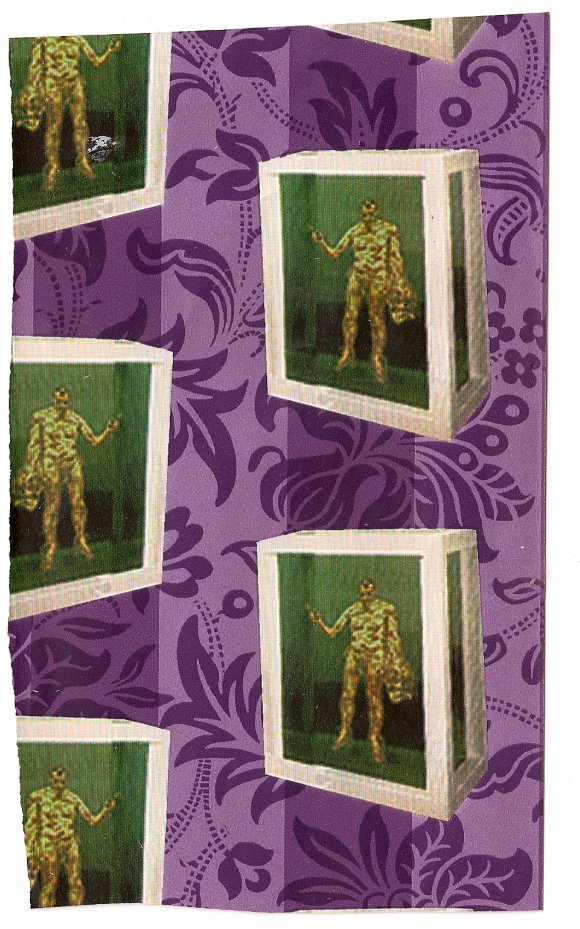
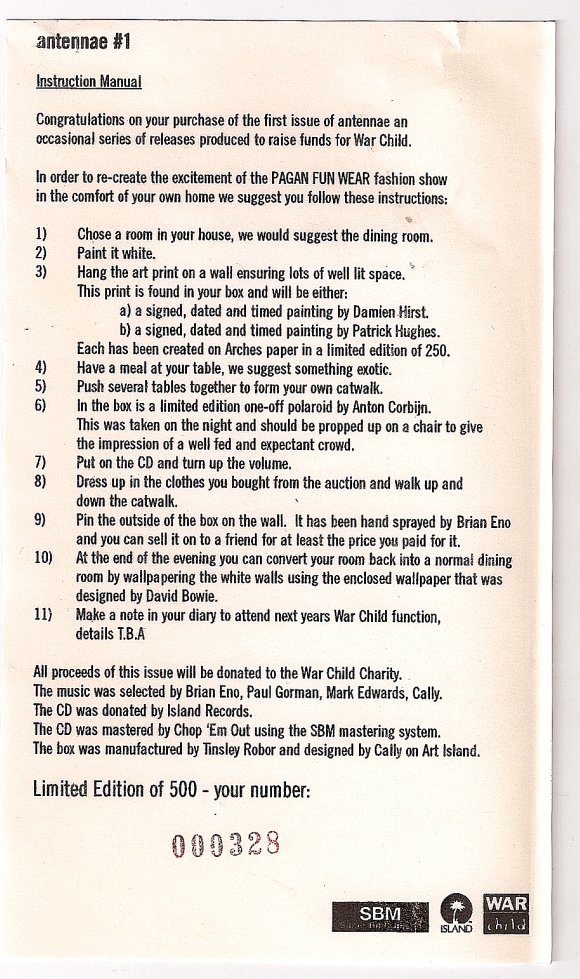
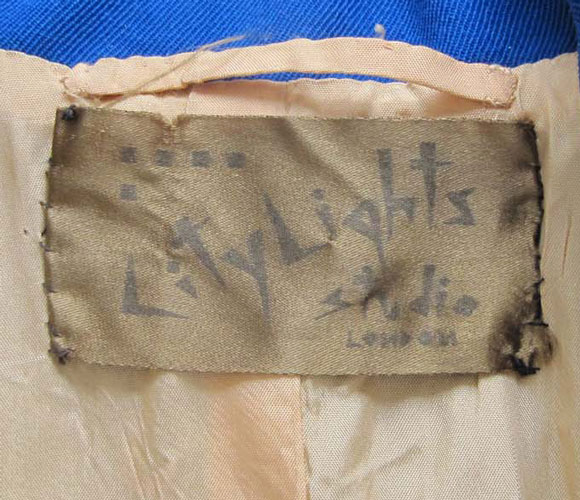

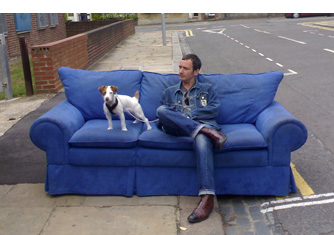






Recent Comments